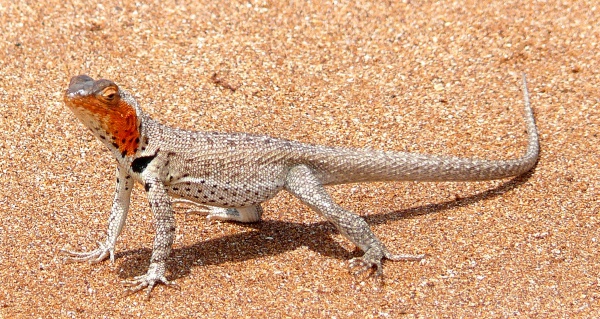Facts About Microlophus
Microlophus is a captivating genus of tropidurid lizards indigenous to South America, comprising approximately 20 recognized species. Notably, six species are endemic to the Galápagos Islands, where they are commonly referred to as lava lizards. The remaining species, often known as Pacific iguanas, inhabit the Andes as well as the Pacific coasts of Chile, Peru, and Ecuador. These lizards are exemplary of adaptive radiation, a process by which species evolve a variety of traits to thrive in different environments—a phenomenon particularly prevalent among the unique fauna of the Galápagos archipelago.
Lava lizards on the Galápagos Islands have all descended from a single ancestral species. One species is found on the central and western islands, which may have once been connected during periods of lower sea levels, while each of the six peripheral islands hosts its own unique species. These lizards display color variations based on their habitat: individuals dwelling on dark lava terrains are typically darker, whereas those in sandy environments tend to be lighter in color.
Below is a summary of the species within the Microlophus genus, arranged alphabetically by their scientific names. Some of these species are endemic to the Galápagos Islands, each identified by its binomial authority and common name. From the Galápagos lava lizard to various Pacific iguanas, these species exemplify the extraordinary diversity and adaptability of the genus.

 Peru
Peru